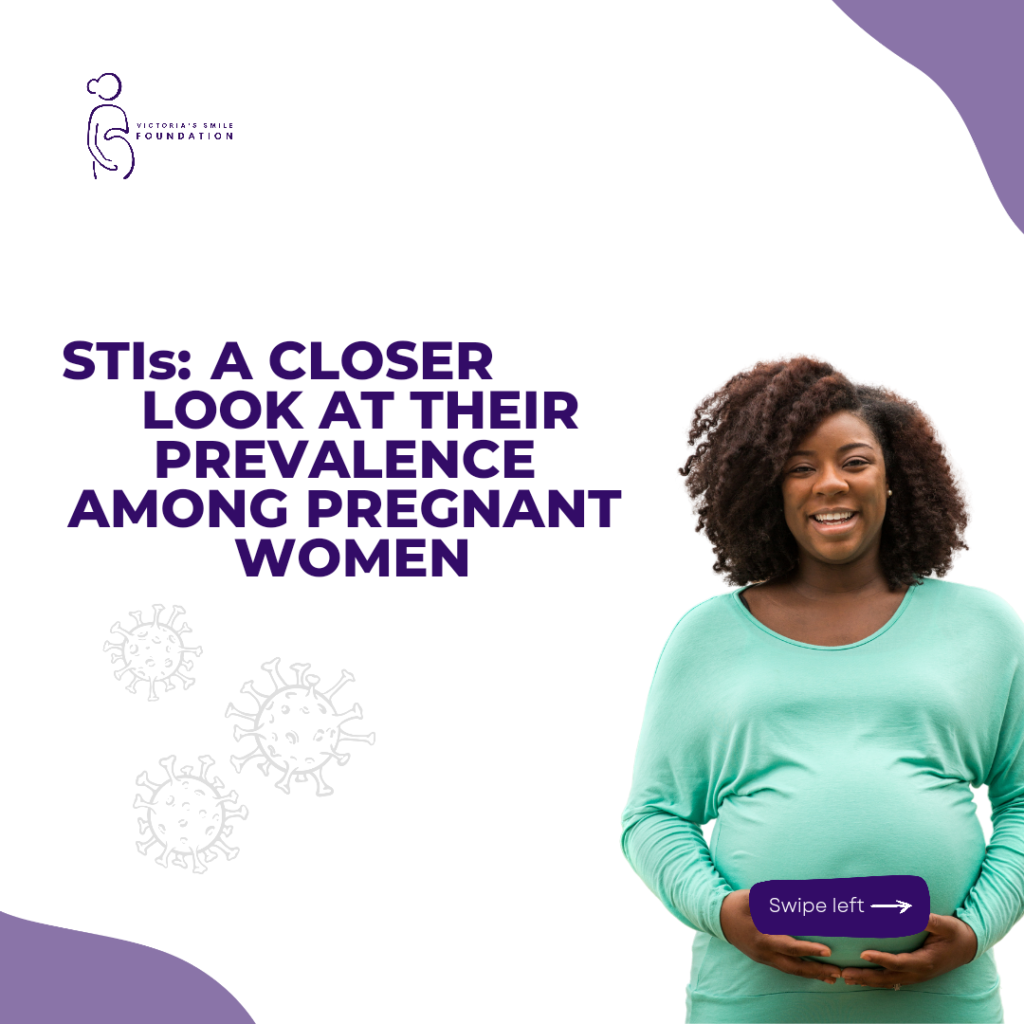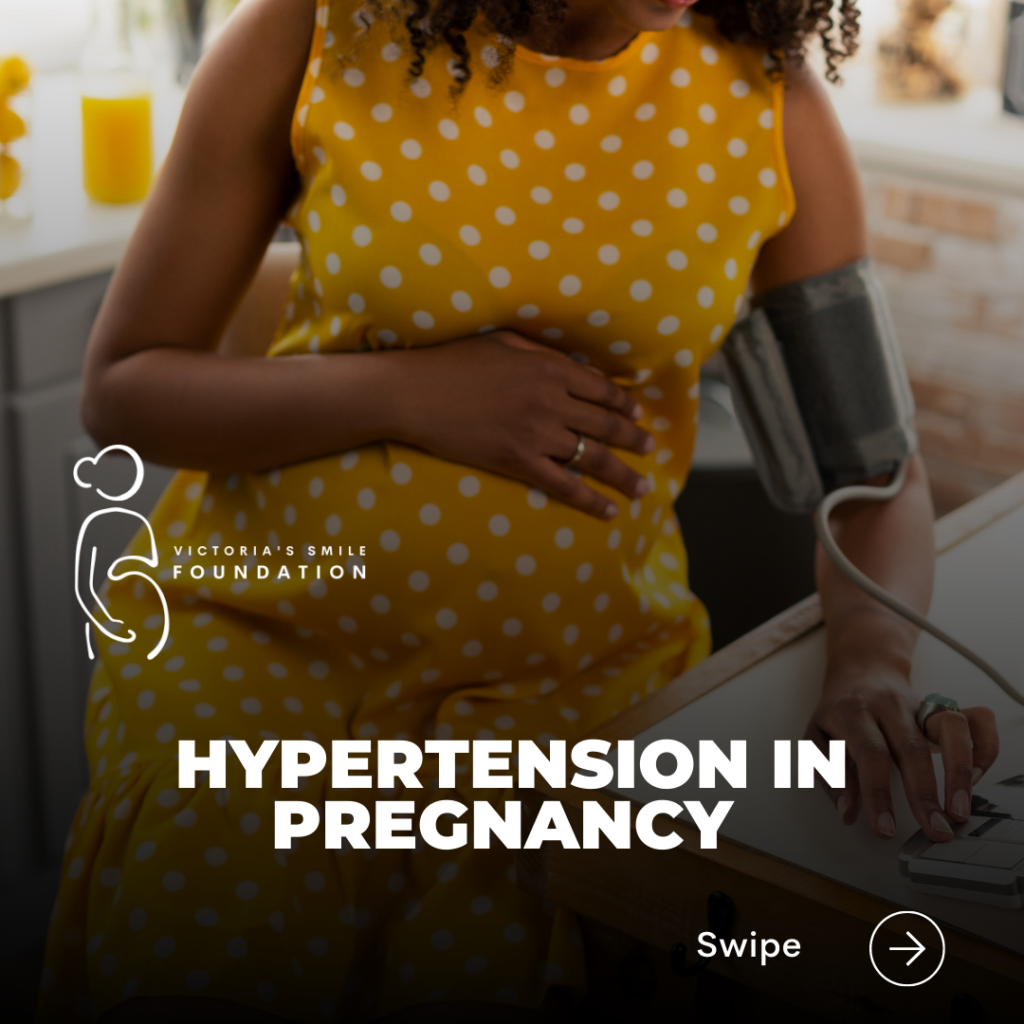Greetings, dear readers! We are delighted to reconnect with you, and today we delve into a fascinating subject – Female Infertility.
Female infertility is characterised by the persistent inability to conceive despite regular, unprotected sexual intercourse for at least one year.
About one-third of cases of infertility stem from female factors, another third from male factors, and the remaining cases result from either a combination of both or remain of unknown origin.
Diagnosing the underlying causes of female infertility can often be challenging, but there are various treatments available based on the specific issue. It’s worth noting that many couples grappling with infertility ultimately achieve pregnancy without medical intervention.
Now, let’s explore the symptoms associated with infertility. The primary indicator is the inability to achieve pregnancy. Additionally, a menstrual cycle that is excessively long (35 days or more), too short (less than 21 days), irregular, or even absent may signify a lack of ovulation. Other signs and symptoms may be absent in some cases.
So, when should you consider seeking professional help? The timeline varies based on your age:
For those under 35, most medical experts advise attempting pregnancy for a year before pursuing testing or treatment.
If you fall in the 35 to 40 age bracket, it’s advisable to discuss concerns with your healthcare provider after six months of trying.
If you’re over 40, your doctor may recommend testing or treatment without delay.
In certain situations, your doctor might suggest immediate testing or intervention if you or your partner have known fertility issues, a history of irregular or painful periods, pelvic inflammatory disease, recurrent miscarriages, a history of cancer treatment, or endometriosis.
To achieve pregnancy, every step in the intricate human reproductive process must occur flawlessly. These steps include:
The release of a mature egg from one of the two ovaries.
Capture of the egg by the fallopian tube.
Sperm making their way through the cervix, the uterus, and into the fallopian tube to meet the egg for fertilization.
The fertilized egg’s journey down the fallopian tube to the uterus.
Attachment (implantation) of the fertilized egg to the uterine lining.
During fertilization, the sperm and egg unite within one of the fallopian tubes to form a zygote. This zygote then proceeds down the fallopian tube, developing into a morula. Upon reaching the uterus, the morula matures into a blastocyst. The blastocyst subsequently embeds itself into the uterine lining, a process known as implantation.
That’s where we’ll pause for today. In our next article, we’ll delve into the various causes of female infertility. Stay healthy, and until next time, farewell!




